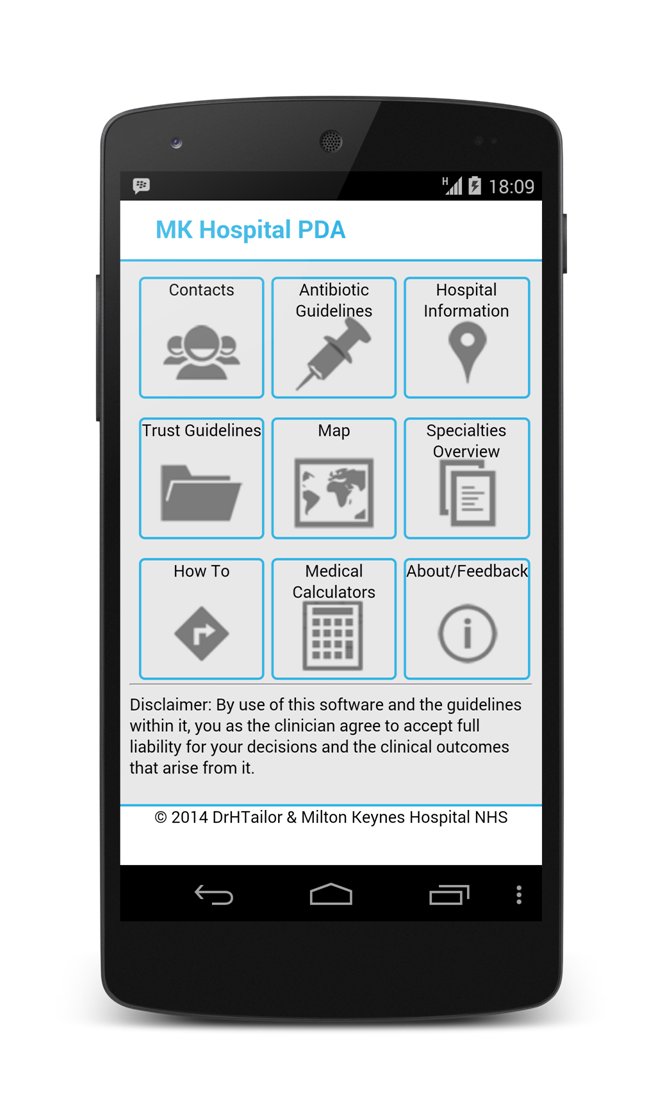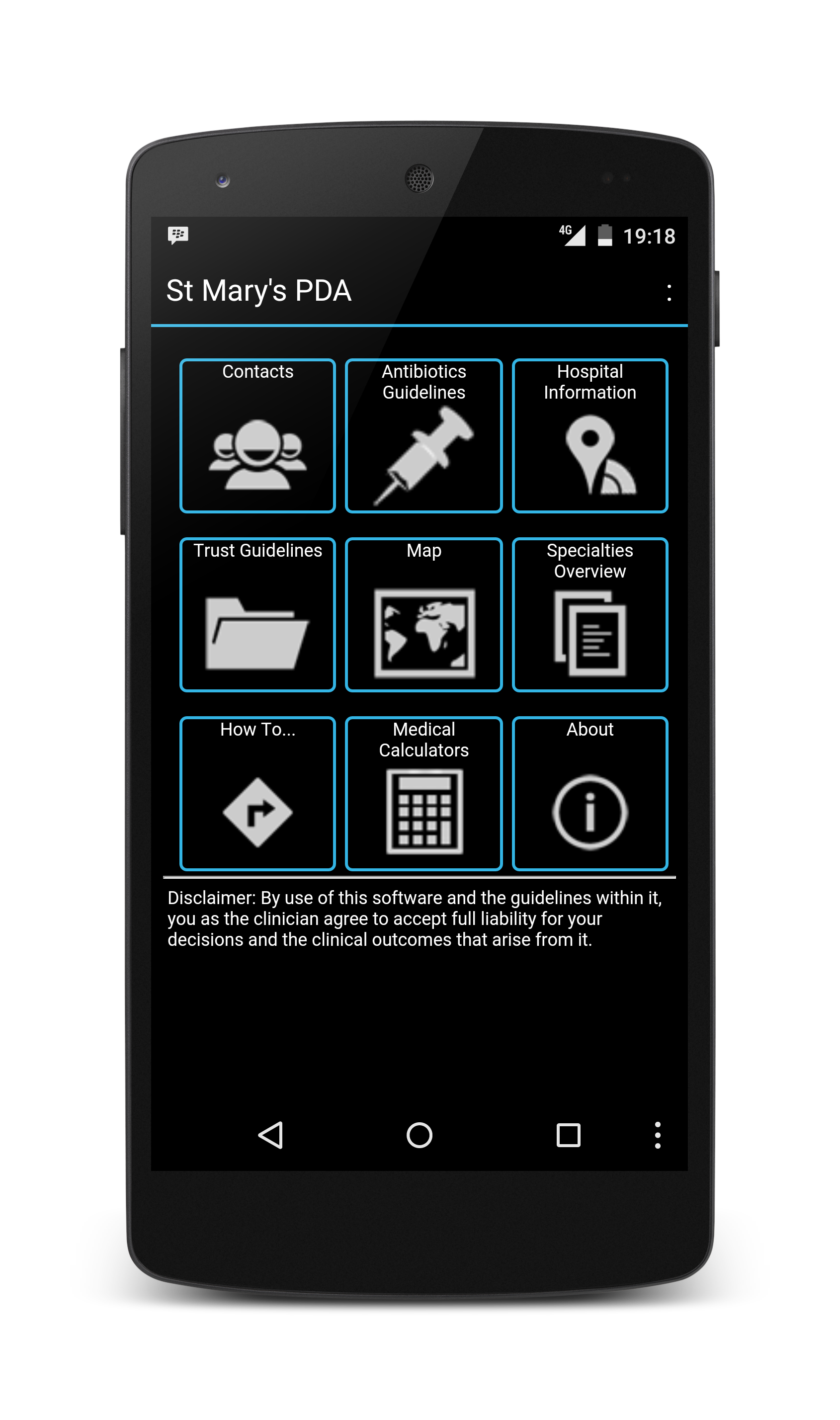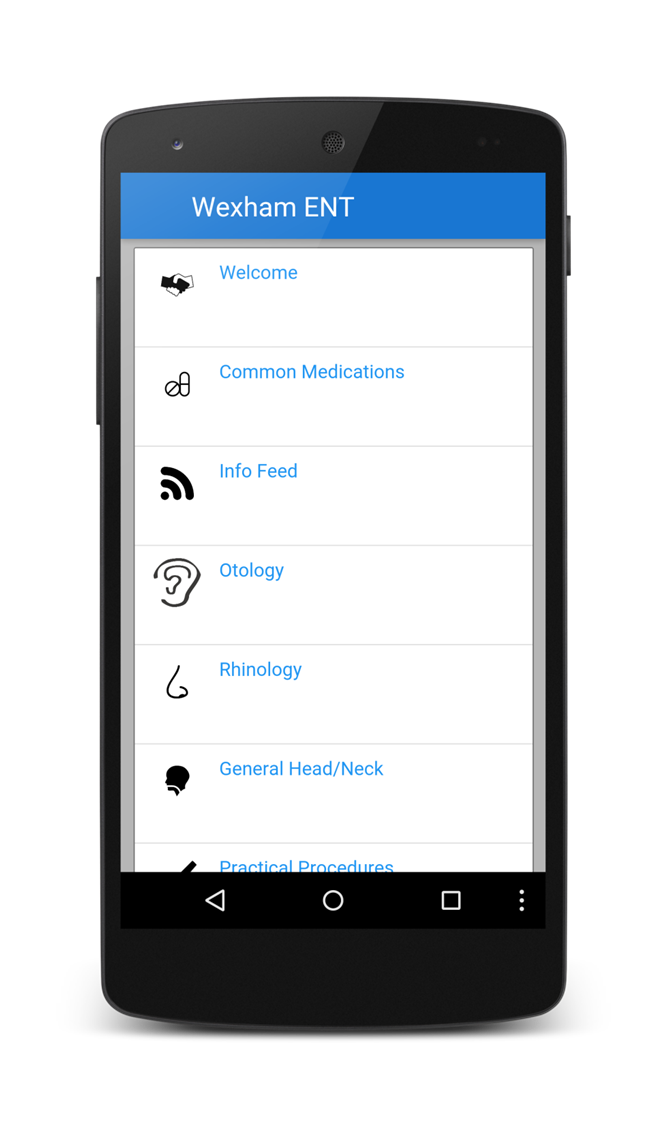The smartphone Personal Doctors’ Assistant

Empowering Doctors With the Information They Need
Into its fourth iteration, this simple cloud-like solution provided specialty- or hospital-specific information in doctors pockets, overcoming the problem faced at every job changeover and helping to reduce the daily struggle of junior doctors.
“…As a Trust, we must support this…”
“…I believe it is a really useful resource! Well done…”
“…It’s like having a registrar in my pocket…”
“Best Technological Intervention” winner at DAPS Global Summit 2014
History
Ever since I started Day 1 as a doctor on the ward, and every time I start a new rotation, I am given no information about how the hospital or department operates, what my responsibilities are on my team, or even what my firm’s weekly timetable is.
What about surviving day-to-day on the ward? What can I use to reference apart from my pockets filled with Pocket Prescriber, BNF or the Oxford Handbooks?!
So, in 2011, I wrote the first version of PDA to contain all the useful guidelines and contacts for my day-to-day job. Word spread, and colleagues wanted a copy of my app. A simple original innovation, untried before, that marked a new step in the future of mHealth.


Architecture
A wiki-based system, using iOS and Android asynchronous technology allows offline storage and a pocket handbook that is always up-to-date.
The backend datastore takes advantage of wikitext markup which makes it easy for clinicians/non-IT individuals to manage.
The framework is fully adaptable for use in any hospital or department.
